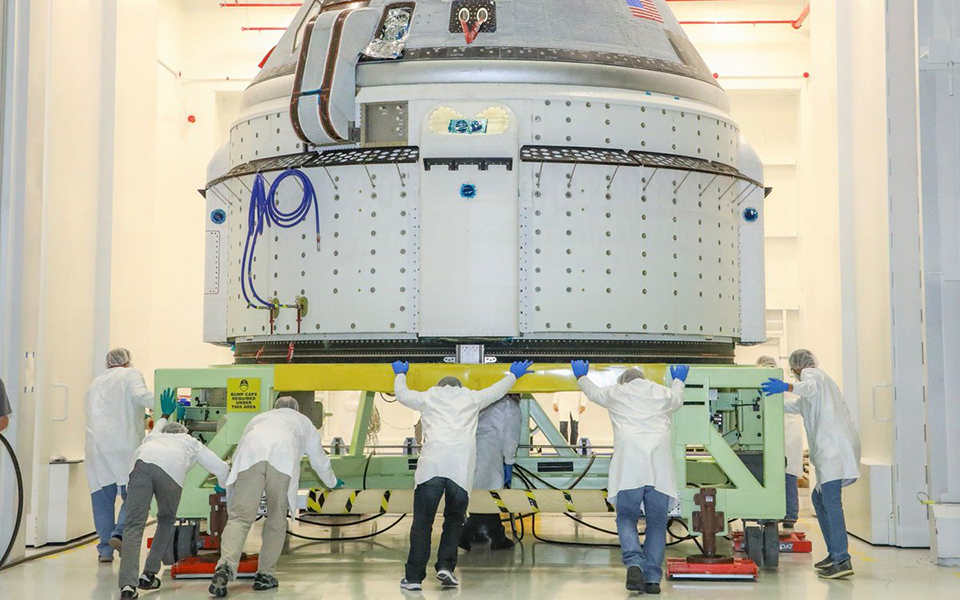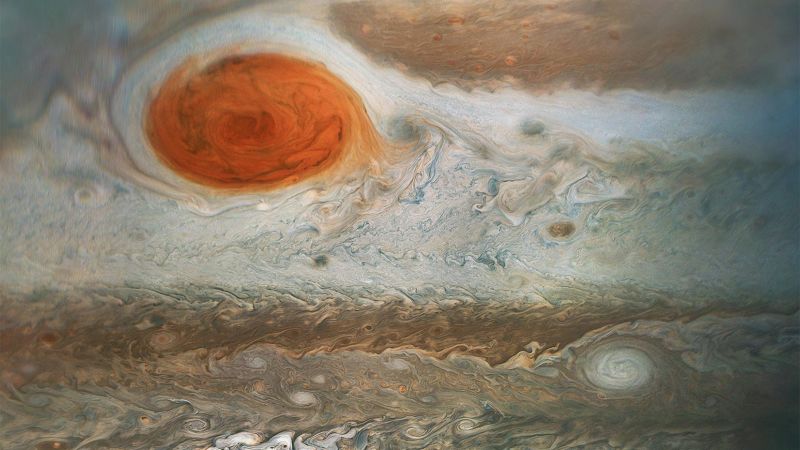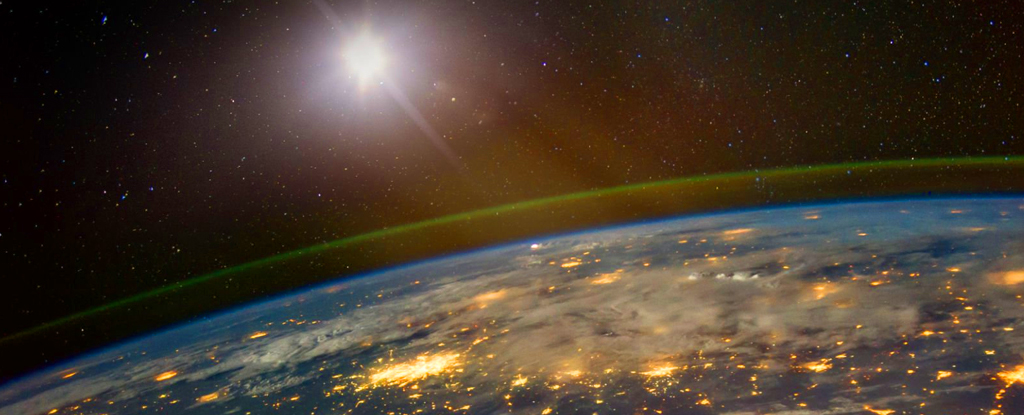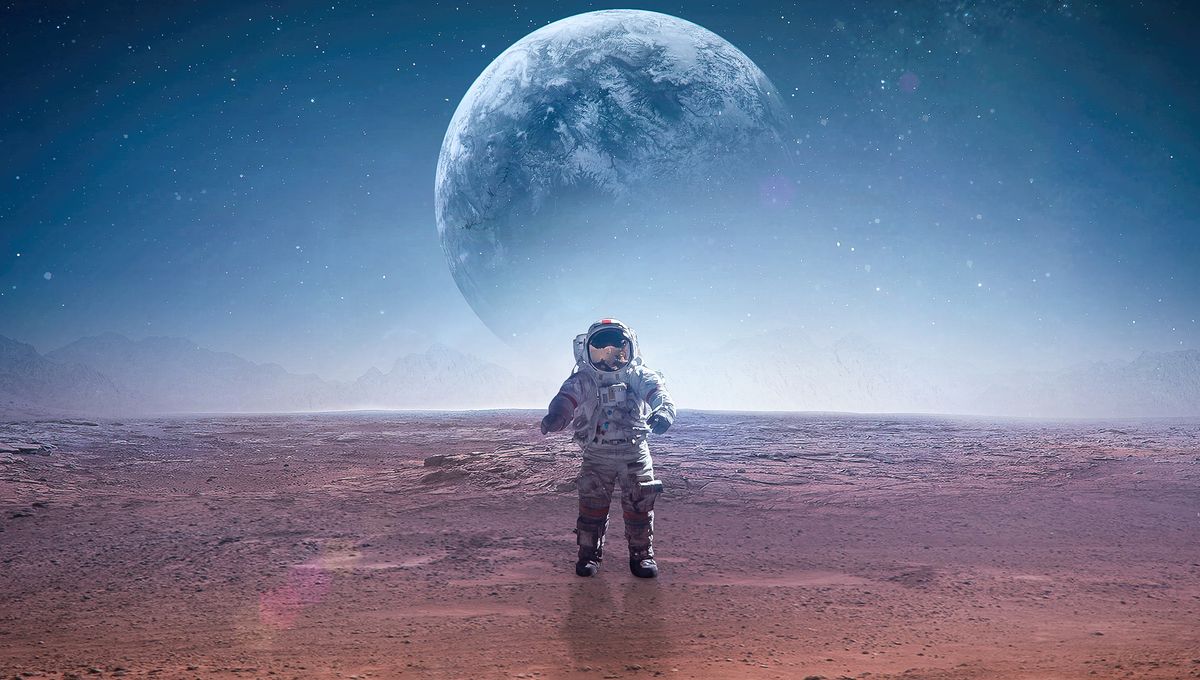Boeing races to catch SpaceX in orbit – but has it already lost?

Boeing’s days in space may be numbered. And SpaceX may have become NASA’s new favorite space contractor.
The International Space Station (ISS) orbits the Earth at an altitude of 250 miles. That doesn’t sound like much. You can drive 250 miles in an inexpensive sedan in about four hours or take a one-hour flight (if that).
It is taken Boeing (BA 0.15%) five YEAR however to reach the ISS. And when they finally arrived, they found SpaceX already arrived there four years ago.
Is the third time the charm?
Boeing’s first attempt to launch a Starliner spacecraft to the ISS in 2019 ended in failure when an onboard clock error caused the spacecraft to fire its engines at the wrong time, setting it on the wrong course and ultimately requiring the spacecraft to return to Earth without ever reaching its destination.
Three years later, Boeing made its second attempt to reach the ISS – Orbital Flight Test 2 – and despite some mishaps along the way, it managed to connect the unmanned capsule to its target and then return it to Earth.
Earlier this month, it was time for Boeing to try again, this time with astronauts on board. On June 5, Boeing launched the flight crew test mission. On June 6, Starliner re-docked with the ISS.
With warnings.
Even before the Starliner blasted off from Cape Canaveral, problems were evident in the form of sticking valves and a persistent helium leak that delayed launch by about a month. By the time Starliner arrived at the ISS, the spacecraft had begun to resemble space Swiss cheese, with three separate leaks discovered in the propulsion system and at least four thrusters failing. Two other leaks have been discovered since the anchorage.
NASA has twice pushed back Starliner’s launch for its return flight to Earth, with the most recent target being June 25, without giving a specific reason — though I think we can guess.
Teams from @NASA AND @BoeingSpace are targeting NET 10:10 pm ET June 25 for unlocking #Starliner spaceship from @Space_Stationlanding early June 26 at White Sands Space Harbor in New Mexico.
More: https://t.co/QouNVM58Jq pic.twitter.com/HzF2KW7rPc
— NASA Commercial Crew (@Commercial_Crew) June 18, 2024
Unconfirmed media reports say NASA is now considering the possible need to mount a “rescue mission” to retrieve its astronauts in case the capsule is deemed unsafe to travel on.
Adding insult to injury
Whether things will deteriorate to that point remains to be seen, but the Starliner malfunctions have combined to further damage an already tarnished Boeing reputation for quality. And that reputation looks even worse when compared to the stellar performance of SpaceX, Boeing’s rival in the Commercial Crew Transportation contract that carries astronauts to and from the ISS — and the likely provider of a spacecraft for any potential rescue mission.
Boeing and SpaceX first won Commercial Crew contracts in 2014, with Boeing taking 61.5% more money for its work because it was considered the most reliable company. Since then, SpaceX has sent astronauts to the ISS in its Crew Dragon capsule 10 times without incident, compared to Boeing’s record of zero times without incident (or maybe once with LOT of incidents). If NASA were to conduct a rescue mission, it’s pretty clear which spacecraft it would use.
And even if it doesn’t need bailout, only Boeing knows SpaceX WILL have been NASA’s chosen savior must sting a little.
Best case scenario
We’ll keep our fingers crossed though and hope it all works out for the Starliner in the end. And what then?
As Payload Space reminds us, the Starliner mission to the ISS is still just a test flight. The spacecraft has not yet been “certified” for operational (ie, regular) use and will not to be certified until Boeing has gone over the design with a fine-tooth comb, figured out what’s going wrong with its leaky shuttle and shiny spaceplanes, and fixed it all.
After that, Boeing still has one contract to fulfill, and six crewed operational missions to fly in order to receive the $4.2 billion it was awarded under its original commercial crew contract.
With six years until the ISS is decommissioned and NASA crews flying to the ISS about twice a year, there’s still time for Boeing to claim the money — but only if it’s quick to iron out the bugs. Starliner. And beyond 2030, when the ISS retires, it’s still unclear what use — if any — might be found for the Starliner.
One way or another, I fear this spacecraft’s days are numbered. And Boeing may be out of the human-rated space race forever.
Rich Smith has no position in any of the stocks mentioned. The Motley Fool has no position in any of the stocks mentioned. The Motley Fool has a disclosure policy.





